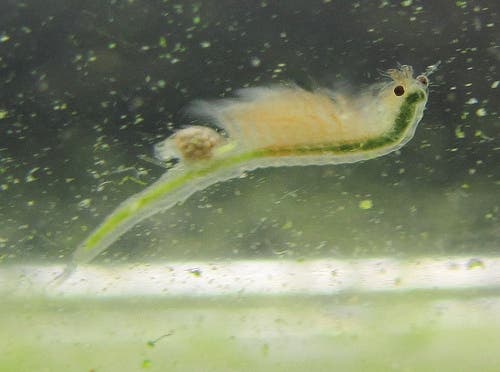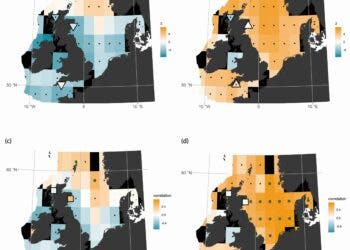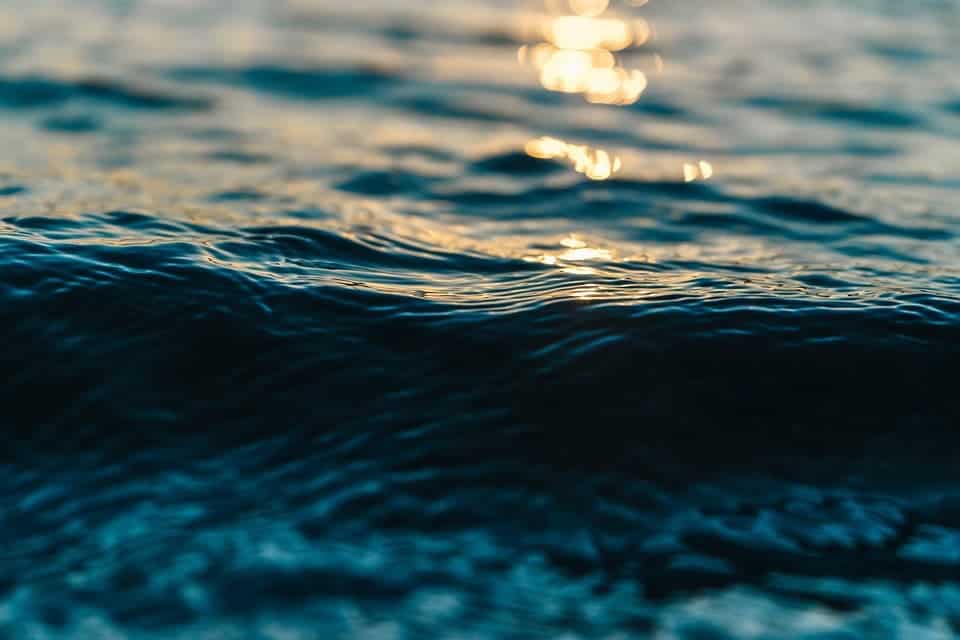
One could argue that a sea monkey, a pet favorite for children, isn’t the most influential creature in the animal kingdom, but you might change your opinion when you see how these organisms, along with other plankton, live as a collective. There’s only so much a human can do, but look at humanity as a whole – it completely transformed the world! Sea monkeys might be no different in some respects. After studying the tiny creatures, researchers at California Institute of Technology conclude sea monkeys create tiny, swirling currents as they migrate up and down the water column over the course of the day. When this migration pattern is joined by other zooplankton, the generated eddy can be so powerful that they might potentially influence ocean currents globally. This also means they influence climate (currents have a direct effect on temperature), as well as the marine ecosystem (the currents spread nutrients across the ocean).
Currents on par with wind and tide: are zooplankton a force of the ocean?
Plankton encompass a diverse range of animals, from microorganisms (bacteria) to larger organisms like jellyfish, that live in the water column and can’t swim against a current. It seems, however, that plankton aren’t that passive after all. Many of these are capable of swimming up and down in dense layers throughout the day and their collective movement might be enough to mix seawater, according to biologists at Caltech.
[AMAZING] Sea plankton discovered outside International Space Station
In 2009, John Dabiri, an engineer studying biological physics at Caltech, found that jellyfish can move water over distances greater than their body length. Dabiri and colleagues are now trying to extend this work to see whether other vertical swimming animals like krill and copepods can also do this. The krill is very difficult to study in the lab, however, so they decided to study the next best thing: sea monkeys. While sea monkeys aren’t part of the vertically migrating layers in the ocean, their swimming motion is very similar to the krill. Best of all, they’re highly attracted to light which makes experiments feasible.
Sea monkeys, or brine shrimp, are nocturnal so when the sun goes down the animals swim towards the surface, while at sunset they prefer to linger in deeper waters. The researchers used a laser light to coax brine shrimp confined in a large tank to swim vertically towards the surface. Blue lasers along the side of the tank tricked the shrimp into swimming upwards, while a green laser at the top kept them there.
The water in the tank was filled with silver-coated, hollow glass spheres which allowed the researchers to visualize the generated currents. The jet of water the animals produced behind them as they swam was moving faster than the surrounding water, creating swirls and eddies known as Kelvin-Helmholtz instabilities in process. These swirls were much larger than the sea monkeys, which are only half an inch in length. Even the researchers were surprised of such an effect.
“My friends who are physical oceanographers have a healthy skepticism of [this] idea,” Dabiri says. “But you have to remember that there are billions of [plankton] in the ocean, and the whole is greater than its parts.”
Moving the climate
Most of the ocean’s biomass is comprised of plankton and taking in consideration these findings, the researchers believe that an ecosystem scale (trillions of organisms) these tiny organisms could significantly influence the ocean. In fact, the researchers estimate that one trillion watts of power are generated globally by creatures like sea monkeys and their zooplankton brethren.
[RELATED] Glow in the dark waves on the San Diego shoreline
Other experts have been quick to voice that, while the experiments were carried out correctly, the lab setting is significantly different than what happens in reality. The ocean is often stratified, with denser layers lying underneath lighter ones. This can dampen the water mixing motion observed by Dabiri and colleagues. Dabiri took notice of these comments and says he plans on replicating the experiment in an ocean setting.
“To me, an interesting aspect of this work is to see animals that seem to be at the mercy of the water play a role in shaping their own environment,” Dabiri says. “It’s something that we hadn’t appreciated, but these experiments are showing [that this] might be a common occurrence in the ocean.”
If these tiny creatures are indeed thus powerful in their collective movement (on par with tides and the wind), climate models might need to be revised to factor them in. Findings appeared in the journal Physics of Fluids.






